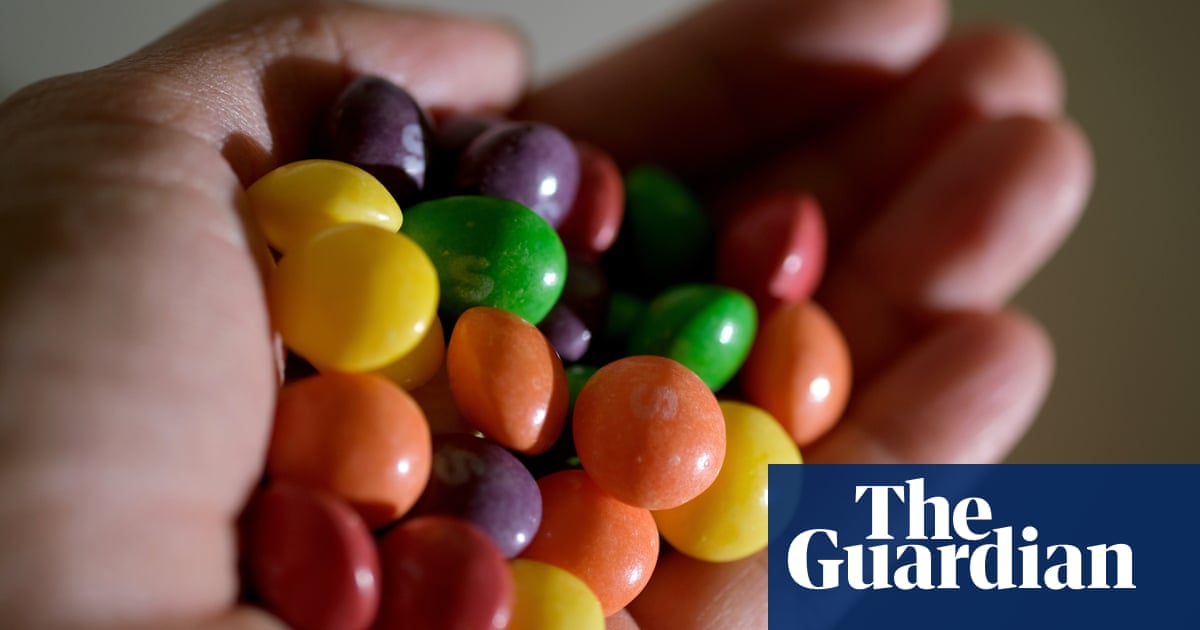Across the United States, many states—both conservative and liberal—are quickly passing laws to ban certain food dyes and additives. They believe these changes are necessary to protect public health.
For example, West Virginia has made significant strides. Recently, the state advanced a law banning several food dyes linked to health problems, especially in children. This move received strong backing from lawmakers on both sides of the aisle.
The law will stop the sale of food items containing specific yellow, blue, green, and red dyes, which are common in candies and snacks. It goes further than any other state in trying to remove these chemicals from food items available in stores.
This measure has cleared both legislative houses and is expected to be signed by the governor soon. Public health advocates have been pushing for changes like these for years. They point to studies that suggest a connection between food dyes and health risks such as neurobehavioral issues in kids, as well as cancer risks identified in animal research.
However, the food industry disagrees. They argue there is insufficient evidence that these additives are harmful and claim that banning them will lead to higher food prices. The National Confectioners Association expressed concerns about accessibility and affordability, stating that the federal government should lead on food safety regulations.
Supporters of these new laws, including members of the “Make America Healthy Again” movement led by Robert F. Kennedy Jr., see it as part of a wider trend towards safer food. Kennedy has been vocal about the dangers of chemical additives and committed to closely examining their effects during his confirmation hearing.
Laura Wakim Chapman, a West Virginia senator, noted the growing public awareness about the issue. She mentioned that many parents, including herself, are deeply concerned about their children’s health and support measures to improve food safety.
Earlier this year, the FDA banned one dye known as Red 3, but not without controversy. The agency stated it was compelled by law to do so, indicating it did not believe the dye posed a real health risk, despite decades-old studies linking it to cancer in animals.
In Virginia, lawmakers recently passed a bill banning seven food dyes from public schools, which awaits the governor’s signature. This bill reflects a growing trend of bipartisan support for stricter regulations on food additives.
Similar initiatives are seen in other states. Oklahoma has proposed a law to ban 21 dyes and additives from food products, giving companies until 2027 to reformulate their offerings. New York is also in the mix, with a bill targeting synthetic food dyes, especially in schools.
The New York bill stresses that food companies cannot use FDA approval as a shield against criticism regarding the safety of these dyes. California has also taken bold steps by banning multiple food dyes in schools and expanding the list of banned additives statewide.
Experts like Jennifer Pomeranz from NYU believe that the renewed focus on food safety reflects public frustration over federal inaction on these issues. This momentum continues to build as more states join the movement toward healthier food choices.









